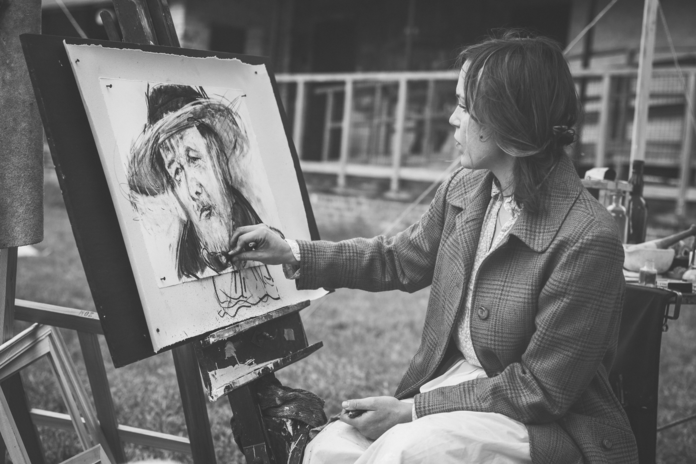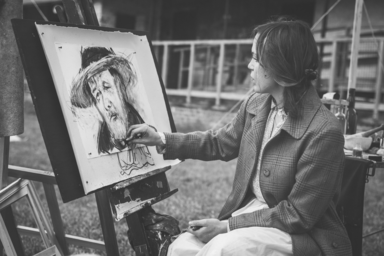Congratulations, you are a part of the movement that has redefined art. Art has never been a stranger to new definitions. In the past, the camera was the device that led us to a new era of photographic works, forming the art movement of photo collage. Now, you and your iPhone are changing how art is defined once again. In recent years, social media has made viewing art more accessible. Instagram accounts can easily display works to thousands of followers, and millions of pieces can be condensed within one app. For instance, a painter might photograph a piece in progress, and post it on their page. This raises the question of whether it is the photograph or the painting that is the work of art being displayed.
You might say the painting is the “art,” not the photograph. It is the main focus of the post, and therefore the artist must have intended that to be the art. However, there is a difference in feeling, when viewing this unfinished painting on the phone and in person. In other terms, how we process an image seen on our phones is different to if we saw it in real life. Technology has made art more accessible, but has reshaped the viewer’s understanding of process. We can now fit a whole museum in just our pocket. We can pull up an image of any painting in the world in seconds. But there is a difference in seeing it in person, that allows us to realize the greatness, or disappointment, that is identified within the work. Technology fogs our perception of work, such as the size, hence giving a different representation. Google Starry Night by Vincent Van Gogh. Look how each image is different. Some are slightly brighter in color; others pertain a different width. Yet, these are all the same painting. Pick your favorite image of Starry Night. Now think about that statement, you have a favorite version of the same photographed painting. Photographs not only change the work, but change how we process it. Therefore, we have to allow the possibility that the photographed work on our screen becomes artwork in itself.
This doesn’t mean that the original work created is no longer art. But, by artists showing their works on social media, have created a new type of art. For instance, one artist on Instagram, Howard Lee, produces a replica of an object, like candy, and then scatters real ones next to his creation. In his post, he shows a video of the real and drawn objects together to see if the viewer can guess which one is not real. After a few seconds they expose which object was drawn, by pushing away or removing the real ones.Thus, the feeling of awe you experience from watching the video can only be reproduced on social media. If we saw the image of the drawn candy cane in a museum, how we process our appreciation would differ. Places like Instagram have become museums for the unknown artists, and ironically, have created a place where they are the masters.


